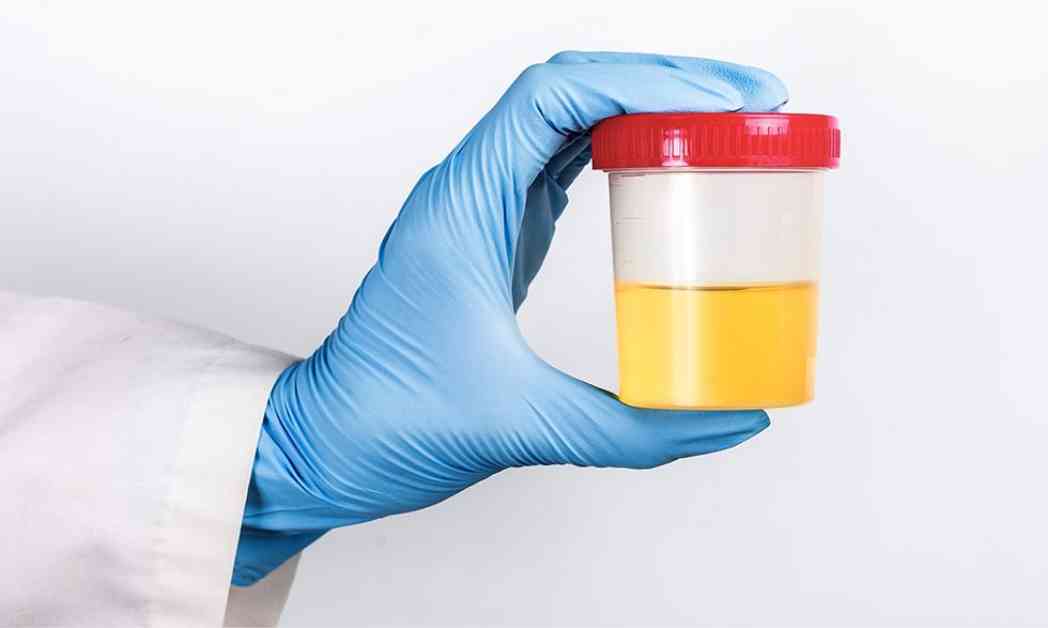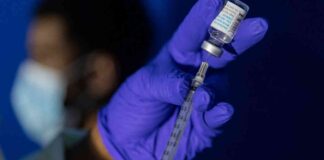Urine, the often overlooked bodily waste product, has puzzled many with its distinct yellow hue. While jaundiced skin also shares this yellow tint, the mystery behind this coloration has finally been unveiled by a team of dedicated researchers at the National Library of Medicine (NLM). Through their groundbreaking study, they have uncovered the role of the gut microbiome in this process, shedding light on the intricate mechanisms at play within our bodies.
Unveiling the Yellow Mystery
The journey into understanding the color of urine begins with the breakdown of old red blood cells, a routine process in the human body. As these cells are replaced, bilirubin is produced and transported to the gut. Here, it undergoes a transformation, breaking down into urobilinogen. The kidneys then convert this substance into urobilin, which imparts the characteristic yellow color to urine.
While this process has long been known to scientists, the missing link in the chain was the mechanism behind the breakdown of bilirubin into urobilinogen. Recent research by experts at NLM and the University of Maryland Hall Lab has identified a crucial enzyme, bilirubin reductase, responsible for this vital step.
A Closer Look at the Discovery
To unravel this mystery, researchers embarked on a quest to identify bacteria capable of reducing bilirubin. Given the specific requirements of these bacteria for low-oxygen environments, the scientists employed a combination of laboratory experiments and computational analyses. By delving into the genetic makeup of various bacteria, they successfully pinpointed the gene encoding the enzyme essential for bilirubin breakdown.
Keith Dufault-Thompson, Ph.D., a staff scientist at NLM’s Division of Intramural Research, highlighted the significance of this breakthrough, emphasizing its implications for understanding various health conditions and diseases.
The Impact on Health and Beyond
The implications of this research extend far beyond the realm of scientific curiosity. While bilirubin breakdown typically occurs without issue, disruptions in this process can lead to health complications such as jaundice. Common in infants and individuals with liver disease, jaundice manifests as yellowing of the skin and eyes, potentially causing severe symptoms like pain, fevers, and even brain damage.
By examining data from diverse populations, including healthy adults, infants, and patients with inflammatory bowel disease (IBD), researchers discovered that a significant proportion of individuals lack the bacterial gene crucial for producing bilirubin reductase. This finding sheds light on why jaundice is prevalent in newborns and adults with IBD, offering hope for improved outcomes through targeted interventions.
Looking to the Future
Building upon their discovery of bilirubin reductase, the research team is now exploring the evolutionary history of this enzyme within the gut microbiome. Dr. Dufault-Thompson envisions a future where this knowledge can pave the way for novel treatments and a deeper understanding of the intricate interactions between gut bacteria and human health.
As we delve deeper into the complex world of microbiomes and their impact on our well-being, each discovery opens a new chapter in the ongoing saga of human health. Through the lens of urine’s yellow hue, we gain a fresh perspective on the interconnectedness of our bodies and the vital role played by the microscopic inhabitants within us.
As we navigate the depths of scientific exploration, one thing remains clear: the quest for knowledge is an ever-evolving journey, with each revelation bringing us closer to unlocking the mysteries of the human body and the world within us.

















